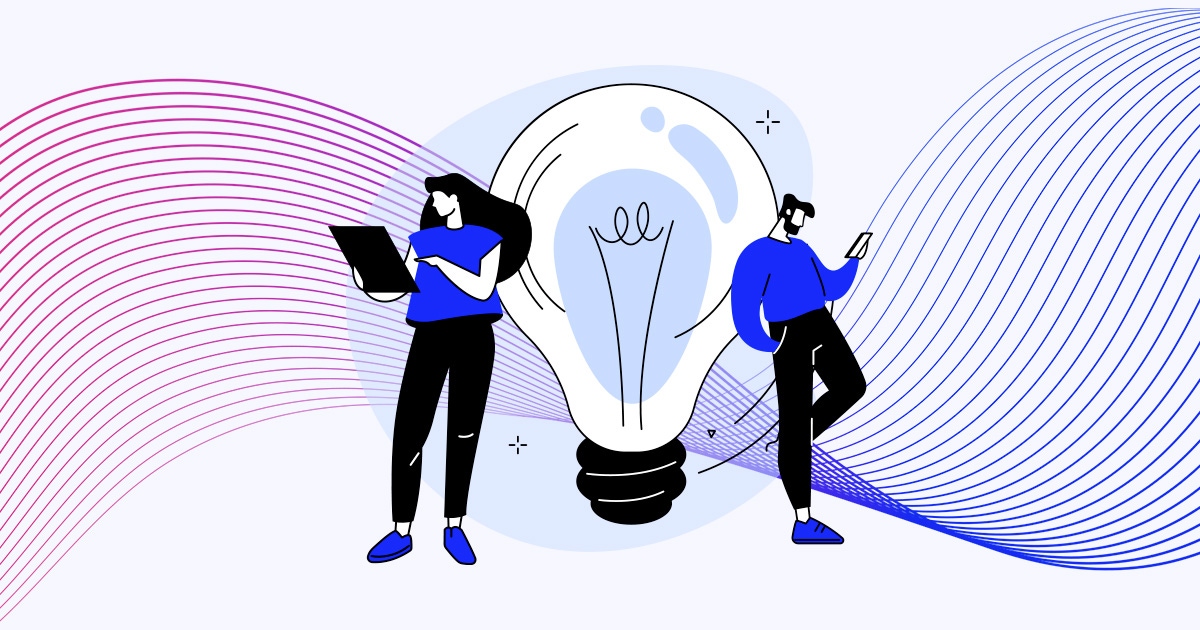Address workplace disability inclusion with these two strategies
5 min read
| Published on
Focusing on neurodivergence, disability, and accessibility is one of the top 10 trends in workplace inclusion. Currently, up to 20% of the global population is neurodivergent (British Medical Bulletin) and 53% of Gen Z – who are entering the workforce now – identify as neurodiverse (Deloitte). Companies that don’t work to include people with disabilities in their hiring, training, and retention strategies will lose out on talent and productivity. Here are two proven strategies to foster workplace inclusion for employees with disabilities.
Awareness: The foundation of inclusivity
One of the biggest barriers to workplace inclusion for people with disabilities is employer awareness. Disabilities are not always visible, and employees may mask their conditions, making it difficult for employers to support them effectively. Barriers to workplace inclusion cannot be addressed if they are unknown; and there are many different types of disabilities that have different ways of being addressed, so accurate data is key.
Emily MacKiddie, Accessibility & EDI Specialist, The Bank of Canada, says that encouraging employees to self-advocate and disclose their disabilities can significantly improve a company's ability to provide appropriate accommodations. The bank uses employee engagement surveys to disaggregate data based on disability status, allowing the identification of barriers and the implementation of targeted solutions. “Fostering relationships increases participation and results in more data,” she says, noting that 92% of employees with disabilities have disclosed what kind of disability they have, which removes guesswork and focuses resources on where they’re needed.
She also noted a strategy to “include a wider group of people — because we know there are individuals who do not feel comfortable self-IDing and they may never, unfortunately, no matter how inclusive or accessible you make a workplace. Maybe you don't identify with the word disability, but if we read this list of things, would you identify with this?”
Annette Rosta, Accessibility Leader, KPMG, also emphasizes the importance of data-driven decisions. She shared that the company addressed and tracked the progress of “nine hundred lines of feedback” about accommodations for employees with disabilities. This demonstrated a tangible commitment to inclusivity, helped employees feel seen and heard, and created an environment where everyone can thrive.
Collaboration: Driving progress together
Progress in creating inclusive workplaces is accelerated when different teams, cross-functional groups, and even companies work together and share best practices and accountability. MacKiddie said that one line of guidance The Bank of Canada follows is "Nothing for Us Without Us," meaning that the company always includes people with disabilities in the conversations around accommodations for them. She also said that a working group that includes champions and partners with action items as well as people with disabilities moves initiatives forward. Externally, the bank also connects with other Crown corporations, which enables all participating businesses to share best practices.
Employee resource groups (ERGs) are often instrumental in driving progress on inclusion within organizations. Rosta reported that after she took her current position at KMPG, held listening sessions, and started rolling out programs, there was a 270% increase in participation in the ERG for employees with disabilities. She said that AIM (Abilities in Motion) was started 16 years previously but that when employees saw the company’s investment and progress in addressing their concerns, employees felt more comfortable self-identifying and seeking accommodations.
In addition, Rosta reported that when KPMG created a training program about supporting people with disabilities at work, 20,000 out of 35,000 employees completed it. She emphasized “It’s an optional program,” and explained that this high rate of participation demonstrated employee engagement and interest in learning about how to best support colleagues with disabilities. “We all have our differences, and we need to respect and accept the differences and build our own awareness on how to support each other and how to support our colleagues, so that we are all thriving in the workplace,” she said.
Rosta continued: “As a person with experiences with multiple disabilities, I can appreciate how a company investing in an accessible environment can change how you work, how you show up, how much more you want to invest in yourself, and in your work and on your team, because investment has been made for you.”
Citing small and low-cost accommodations like a hands-free door opener and scent-free soap in the washroom, MacKiddie concurred that “those small investments make big changes, and show your employees that you do care about them, you invest them, and they then want to show up for you more.”
By actively learning about and thoughtfully addressing the needs of all employees, businesses can unlock the full potential of their workforces and drive progress in ways that benefit both all employees and the business.
This conversation took place in the webinar “Embracing ability status and neuro-diversity: Creating accessible workplaces for all women.” A recording of the full conversation is available for Catalyst Supporters.